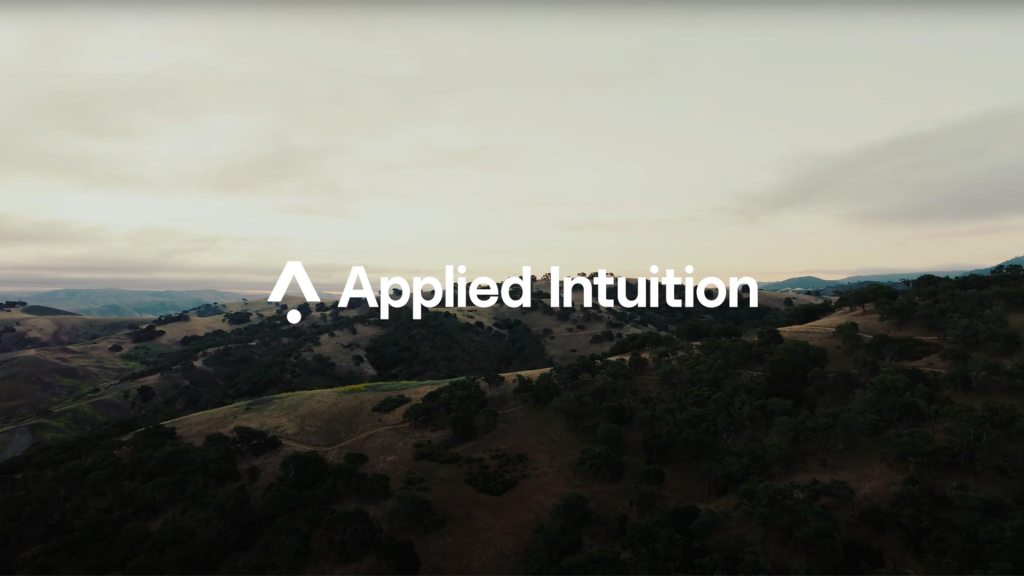It’s time to celebrate the incredible women leading the way in AI! Nominate your inspiring leaders for VentureBeat’s Women in AI Awards today before June 18. Learn More
Vehicle software provider Applied Intuition has developed a new technology stack to help self-driving vehicles maneuver safely across complex unstructured terrain. This solution can be run on production hardware by those in the automotive, trucking, construction, mining, agriculture and defense industries. This off-road autonomy offering provides simultaneous localization and mapping, perception and object tracking, sensor fusion and calibration, and safety planning and controls.
“As more industries look to adopt AV technology, we want our software to be at the forefront of off-road autonomy,” Applied Intuition co-founder and Chief Technology Officer Peter Ludwig said in a statement. “Our off-road stack combines the latest AI and ML advances with traditional safety and systems expertise to deliver state-of-the-art performance in the most challenging environments.”
Founded in 2017 by Ludwig and Y Combinator’s first Chief Operating Officer, Qasar Younis, Applied Intuition specializes in Advanced Driver-Assistance Systems (ADAS) and Autonomous Driving. It develops tools to help customers bring to market safe and intelligent machines.
Many autonomous systems we hear about train on well-marked roads and navigate through intersections under predictable conditions. But what about scenarios that don’t involve immaculately designed pavements? The industries Applied Intuition works with often have to deal with challenging elements, such as hazardous or inaccessible areas or hostile or unpredictable environments. Is AI ready to handle unstructured terrain?
VB Transform 2024 Registration is Open
Join enterprise leaders in San Francisco from July 9 to 11 for our flagship AI event. Connect with peers, explore the opportunities and challenges of Generative AI, and learn how to integrate AI applications into your industry. Register Now
The company also outlined a few more challenges with off-road driving, such as limitations with bird’s-eye views. This is common with on-road autonomy systems because the road’s surface and any obstacles are converted into a two-dimensional view. However, off-roading makes this more difficult since the environment contains vertically stacked layers of information that cannot always be represented two-dimensionally. Accurate elevation is also a concern for identifying hazards such as slopes, ditches, or holes. Systems must also be able to distinguish an object or element as being traversable or obstructive, warning about incoming boulders or surface characteristics such as muddy, rocky or icy roadways. Finally, autonomous systems must adapt to different weather conditions and vegetation growth—relying solely on maps won’t cut it.
Applied Intuition claims its off-road autonomy system addresses all of these limitations. Off-road perception technology is at the core of this tech stack, built to accurately interpret and navigate the vehicle through unstructured natural environments. “These systems use a variety of sensors including lidar, camera, and radar to scan and interpret the terrain continuously,” the company writes in a blog post. “This sensory input is processed using a combination of learned and geometric algorithms to differentiate between various types of obstacles…”
Mapless localization is included, which uses real-time sensor data to localize the vehicle within its surroundings when traditional maps are unavailable or insufficiently detailed. The system has a universal planning architecture, tailoring its strategies to various payloads and terrain types, plotting the right path and maneuvering needed for each scenario. Lastly, it’s customizable and modular, so it’ll work with third-party systems, and components can be swapped in and out as needed.
Source link

